Last Updated on October 14, 2023 by teamobn

In a world increasingly concerned about environmental sustainability, natural building techniques are shining as a beacon of hope. These methods harness the beauty of nature to create homes and structures that not only stand the test of time but also leave a minimal ecological footprint. Explore the wonders of natural building and discover how sustainable techniques are revolutionizing the way living spaces are now constructed.
Contents
Appreciating Natural Materials
Natural building is an art form that starts with a deep appreciation for the materials mother earth provides. While modern construction often relies on energy-intensive processes and non-renewable resources, natural building techniques harken back to a time when people built homes with materials sourced directly from their surroundings.
The Art of Natural Materials
Natural building begins with a fundamental appreciation for the materials that innately grow around us. From adobe and cob to straw bales and timber, these materials have been used for centuries to create durable, energy-efficient, and aesthetically pleasing structures. Their beauty lies not only in their rustic charm but also in their sustainability.
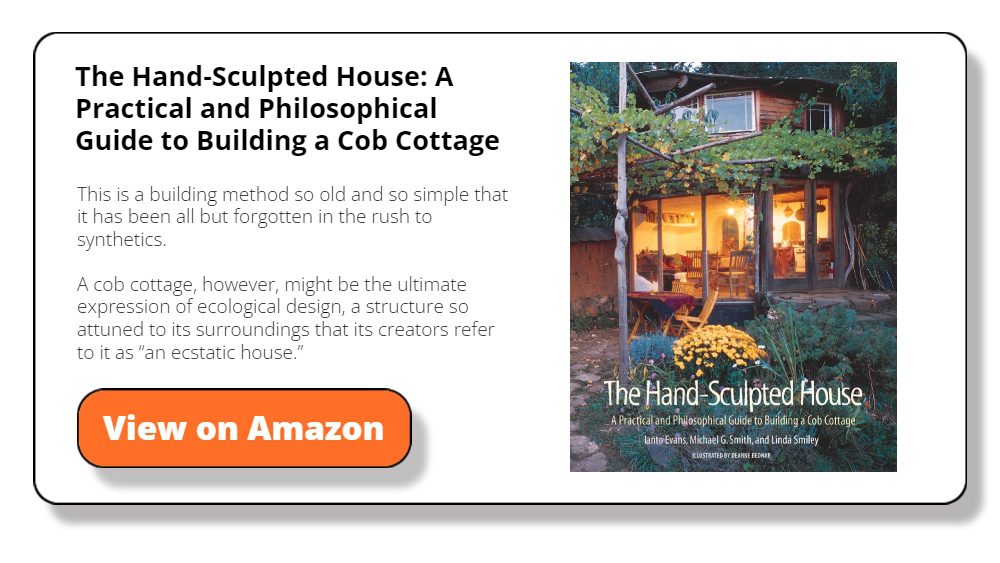
Building With Earth: Adobe and Cob
Adobe and Cob are earth-based building materials, mixed with organic fibers, straw, and sometimes even animal dung. These materials are not only abundant but also provide exceptional thermal mass, ensuring a comfortable indoor environment throughout the year.
In the world of natural building, adobe and cob are celebrated for their beauty, sustainability, and exceptional thermal performance. They are not just materials; they are an embodiment of the connection of people to Earth and the commitment to building structures that harmonize with the environment.
Whether it’s the earthy elegance of Adobe or the artistic freedom of Cob, these materials invite you to reconnect with the planet’s natural abundance and rediscover the age-old wisdom of sustainable construction. In the embrace of Adobe and Cob, find structures that are not just eco-friendly; they are sanctuaries of comfort, beauty, and sustainability.
Insulating With Straw Bales
Straw bales, often an overlooked agricultural byproduct, have emerged as a star in the world of sustainable construction. These bales, typically composed of dry stalks left after the harvesting of grains like wheat, barley, or rice, provide exceptional insulating properties that have captured the attention of eco-conscious builders worldwide.
These bales possess an innate ability to create a thermal barrier that effectively regulates indoor temperatures, regardless of external weather conditions. During cold winters, they trap warmth within their fibers, ensuring cozy interiors, while in scorching summers, they act as a formidable shield against excessive heat, helping maintain a comfortably cool environment.
Framing With Timber
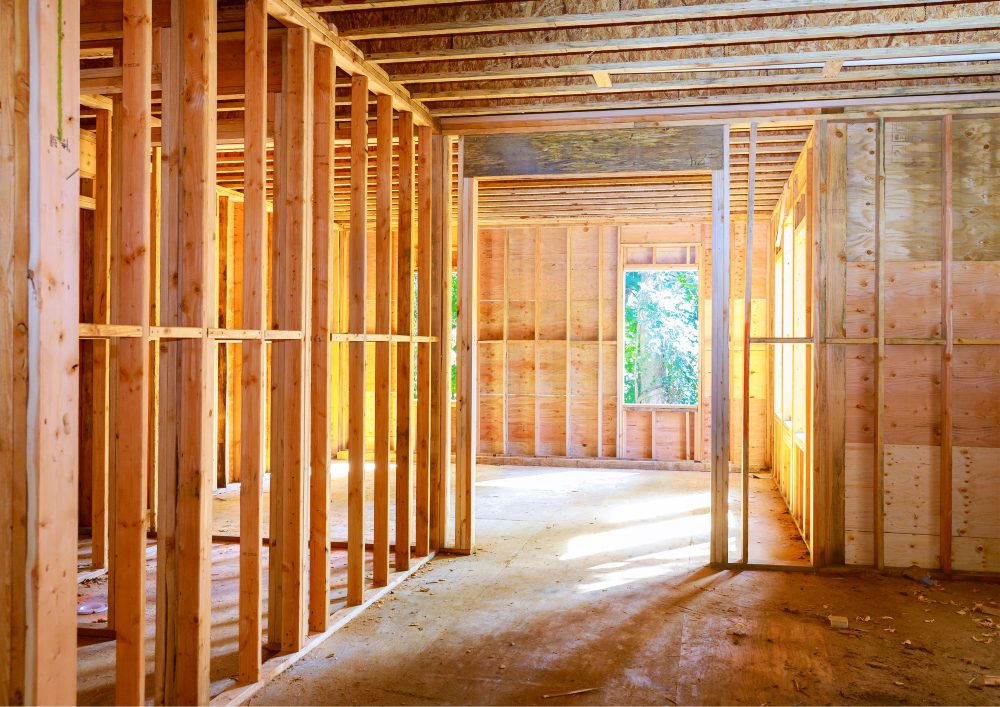
Timber framing, a construction technique as old as civilization itself, plays a vital role in sustainable building when sourced responsibly. Timber frames involve using wooden beams and posts to create the structural framework of a building. When harvested sustainably, timber can be a carbon-negative building material, sequestering more carbon than is released during its production.
Energy-Efficient Design
Within the realm of natural building, a key pillar of sustainability is energy-efficient design. Unlike conventional construction that heavily relies on energy-intensive climate control systems, natural buildings often incorporate passive solar design principles.
This approach harnesses the power of the sun to maintain comfortable indoor temperatures throughout the year, significantly reducing the need for artificial heating or cooling.
Passive Solar Design
Through the meticulous integration of well-designed windows and the utilization of thermal mass, natural structures can achieve a remarkable degree of self-sufficiency, significantly diminishing their reliance on energy-intensive climate control systems. This ingenious approach to building design not only enhances energy efficiency but also harmonizes human habitation with the natural environment.
Straw Bale Construction
Straw bale construction is gaining popularity for its exceptional insulation properties. These buildings are not only energy-efficient but also provide a warm and inviting ambiance. Straw bales, when properly sealed and finished, can create highly insulated walls that drastically reduce heating and cooling costs.
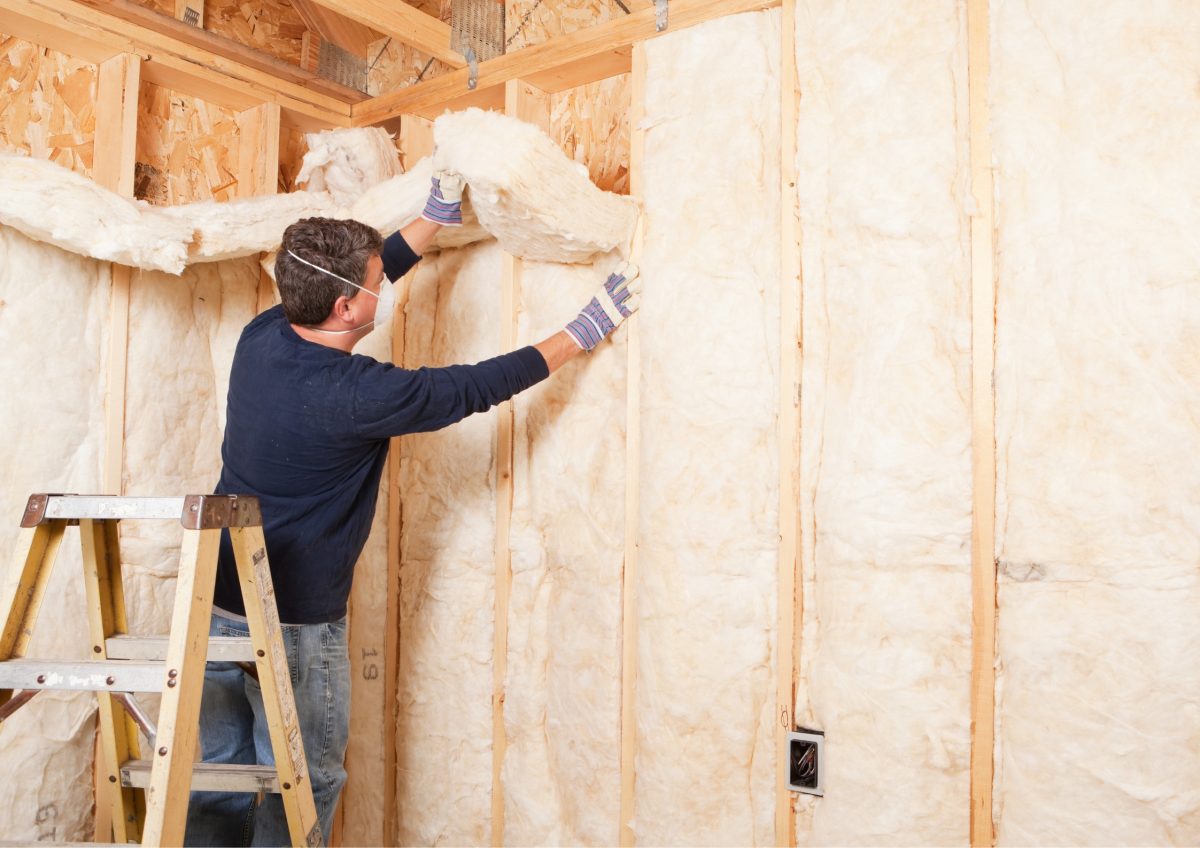
Eco-Friendly Techniques
Rammed earth construction and sustainable timber framing showcase the potential of eco-friendly techniques in natural building. They not only prioritize the utilization of readily available, locally sourced materials but also underscore the importance of sustainability, long-lasting endurance, and the creation of living spaces that seamlessly blend with the natural environment.
These methods showcase that conscientious construction practices can result in structures of timeless elegance and environmental friendliness, illustrating the capacity to construct residences that are more than mere shelters but rather collaborators in a sustainable and regenerative tomorrow.
Rammed Earth Construction
Rammed earth construction involves compressing layers of earth within a frame to create sturdy, durable walls. It’s a technique that not only utilizes local materials but also requires minimal energy for construction. The result is a naturally beautiful structure that blends seamlessly with its environment.
Each layer is meticulously tamped down and compacted, a synergy of pressure, time, and skilled craftsmanship transforms the earth into a solid, durable mass. This layering and compression process is repeated until the desired wall thickness is achieved. The construction itself is a meditative and rhythmic endeavor, where builders work in concert with the natural elements to create something both functional and aesthetically captivating.
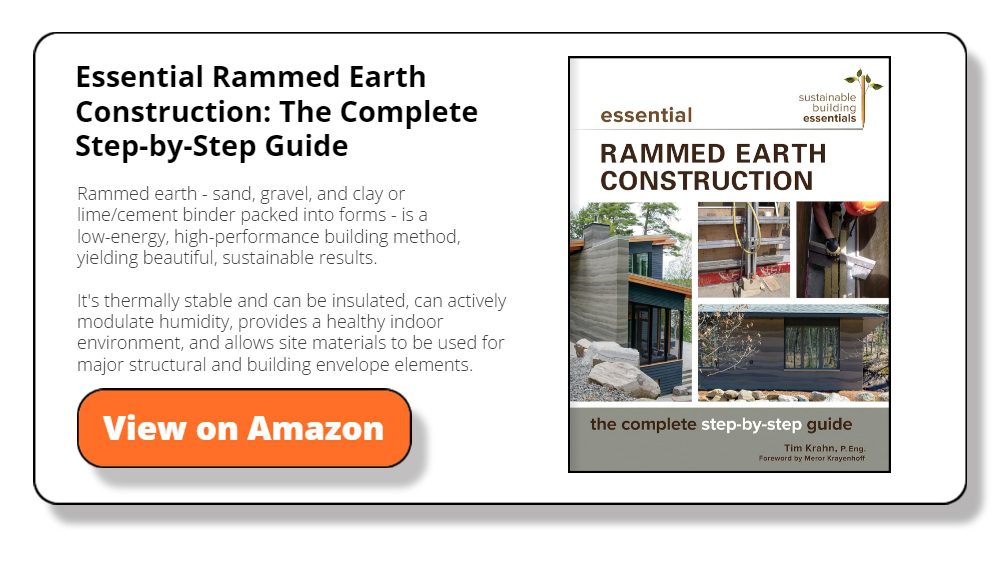
Timber Framing With Sustainable Wood
Timber framing, when done with sustainably harvested wood, provides a combination of strength and eco-friendliness. This age-old technique creates open, airy spaces while ensuring the responsible use of forest resources.
Their sturdy wooden frames will also not just withstand the test of time but also require fewer energy-intensive materials and processes compared to modern construction techniques, thus reducing overall carbon footprint.
Community and Connection
Natural building’s allure surpasses its materials and methods; it revolves around creating profound connections with both the environment and the community. As you contemplate the possibility of integrating natural building into your life, explore how it can enrich your bonds with the world around you.
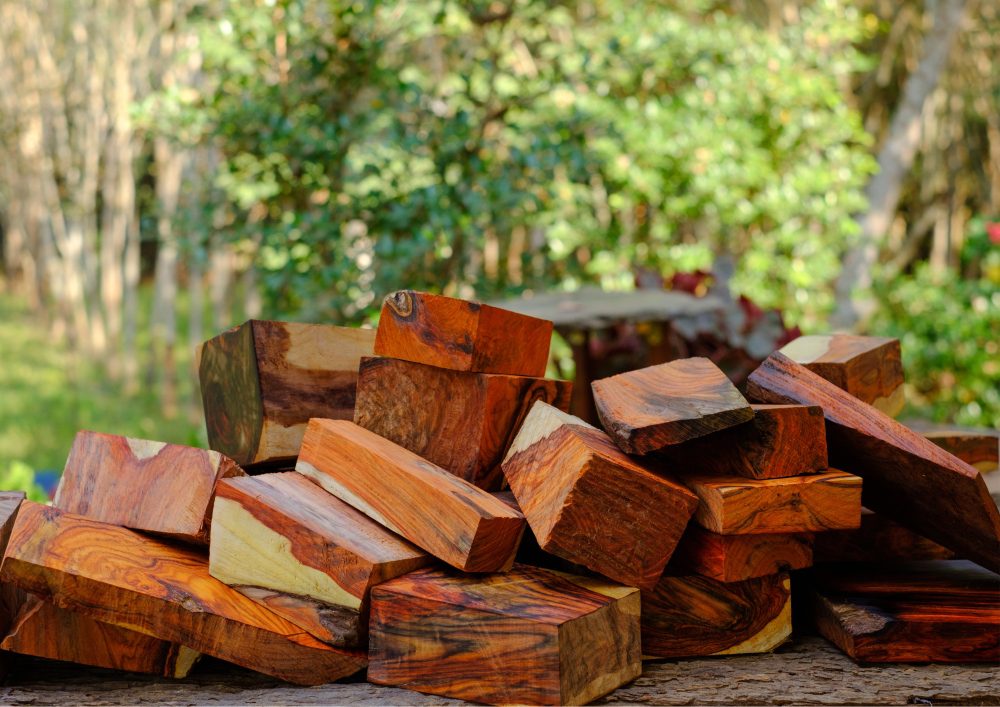
Embracing Natural Building In Your Life
The beauty of natural buildings extends beyond the aesthetics. It involves nurturing a relationship with the environment, diminishing our carbon footprint, and fashioning healthier habitats. By integrating these sustainable methods into your upcoming construction endeavor, you can instigate a favorable transformation in both your well-being and the broader planet.
Living In Harmony With Nature
Natural building prompts a deep, immersive connection with the environment. It commences with the practice of procuring materials from nearby sources, a step that not only lessens your carbon footprint but also nurtures a tangible bond with the land and its abundant resources. The process of gathering earth, straw, or timber from your immediate surroundings elevates your home to a vibrant testament to the exquisite wonders of the natural world.
Natural building techniques are not just about constructing homes; they’re about building a more sustainable, connected, and harmonious future with our environment. By understanding and embracing the beauty of natural materials and sustainable design, you create spaces that not only last for long but also leave a legacy of responsible living for generations to come.
Take the first step toward a more sustainable future. Explore the wonders of natural building and incorporate these techniques into your life. Shape a more beautiful and eco-friendly world. Happy building!








